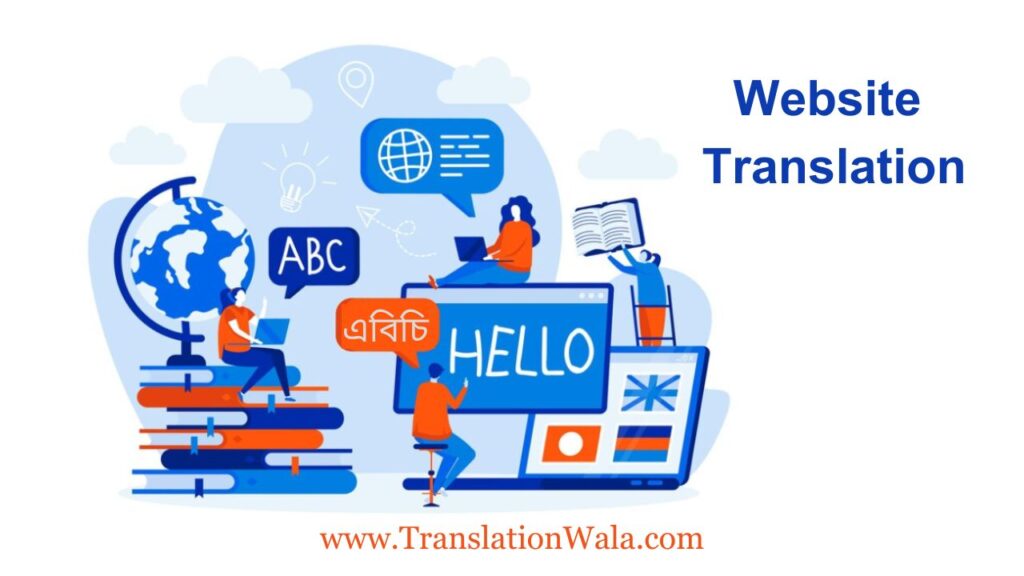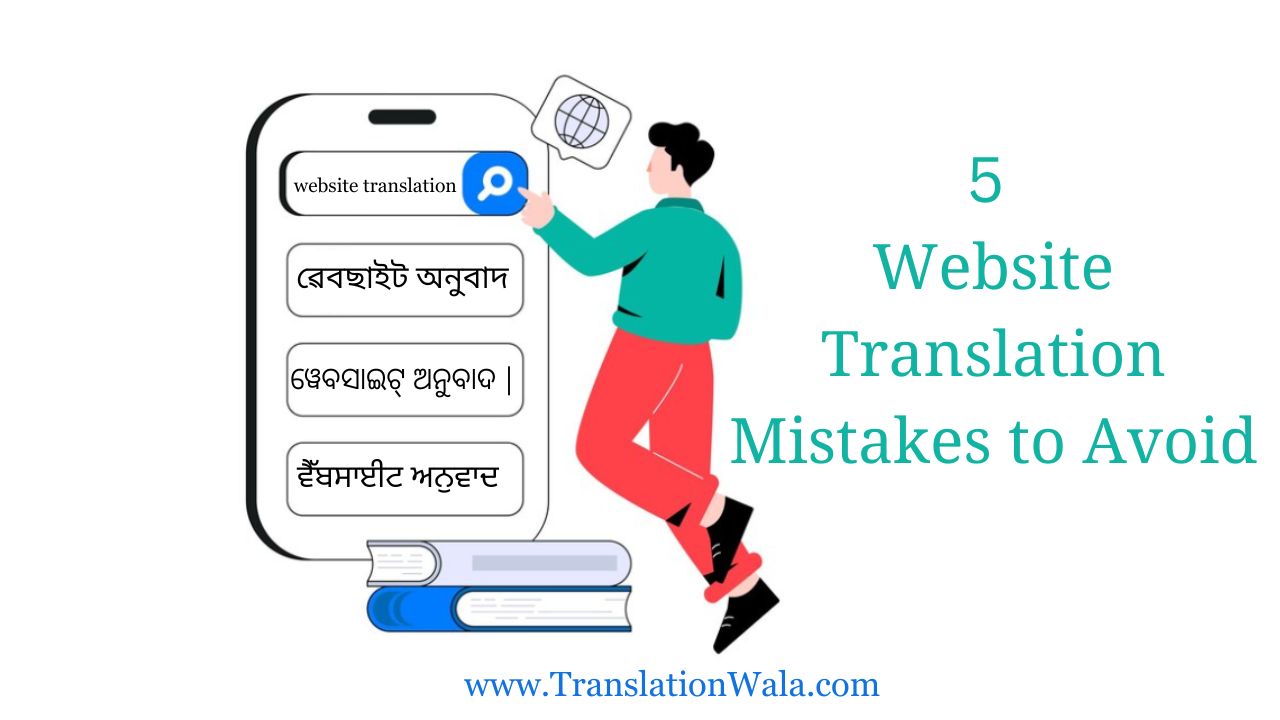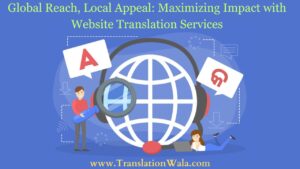In today’s linked world, making your website available in languages other than your own can help you find a lot of new users and business possibilities. But getting around in the world of Website Translation isn’t as easy as putting your text through a machine and leaving it at that. If you want to connect with people around the world, you should avoid these five common mistakes:
Machine Translation Mishaps:
Yes, machine translation tools are easy to find and don’t cost anything. But while they might work for short talks with friends, giving them control of your website’s style is a bad idea. A lot of the time, these tools get the meaning wrong, come up with strange language, and miss culture differences. Imagine having your perfectly made tagline changed into something that doesn’t make sense or is rude to certain groups of people. That’s not the first impression you want to make.
Localization Lags:
The next step after translation is localization. It’s about making changes to your website so that it fits the language and culture of the people you want to reach. To do this, you need to use the correct date and time forms, cash symbols, and measurement units. It also means making jokes and puns more relevant to the area, staying away from images that are offensive to other cultures, and changing parts of the design to fit different reading styles. Don’t treat people from other countries like they’re just looking around; instead, adapt to their specific needs to build trust and interest.
Keyword Catastrophe:
SEO is more than just your first language. People from around the world search for things using different keywords. If you don’t pay attention to this important detail, your translated website won’t show up in search engines in your target markets, which will make your efforts to grow pointless. Find out what themes your target audience uses a lot in their native language and use them naturally in your translated content. Remember that keyword optimization isn’t a one-time thing. Keep up with local trends and change your terms to match them.
Also Read: Translation API – The Best Way to Translate Indian Languages

Neglecting Visual Cues:
Graphics and images aren’t just pretty extras; they can send strong messages and make the user experience better. But not every picture works well with people from other countries. In your society, a thumbs-up might mean “approve” but in other places, it means “disapprove.” In the same way, different colors and symbols can mean different things based on the situation. Before showing off your visual assets abroad, make sure they are relevant to the people you want to see them and that you don’t make any unintentional cultural faux pas.
Testing Terrain:
Don’t launch a translated website without trying it first, just like you wouldn’t start a new website feature without testing it first. Get people who speak the target language to test the whole process, from the landing page to the checkout. This will help you find any odd language, directions that aren’t clear, or culture slip-ups. Remember that the user experience is very important, and making sure that it is easy for people from other countries is very important for building trust and brand loyalty.
Beyond the Mistakes: Building Bridges, Not Barriers
The first step is to avoid these usual mistakes. If you want to really succeed at translating websites, keep these tips in mind:
- Invest in quality: Hire professional translators who know a lot about both the source and target languages.
- Embrace collaboration: Make sure your translators understand your brand style and the people you want to reach by working closely with them.
- Stay updated: Review and change your translated content all the time to stay on top of new culture and fashion trends.
- Measure and improve: Keep an eye on how well your translated website is doing and use the information to make your strategy better over time.
If you avoid making common mistakes and work together with care, website translation can help you reach new markets and become successful around the world. So, stop putting up with mistakes caused by machine translation and start a real journey of cross-cultural interaction instead. In the end, knowing how to use the language of the web says a lot.



